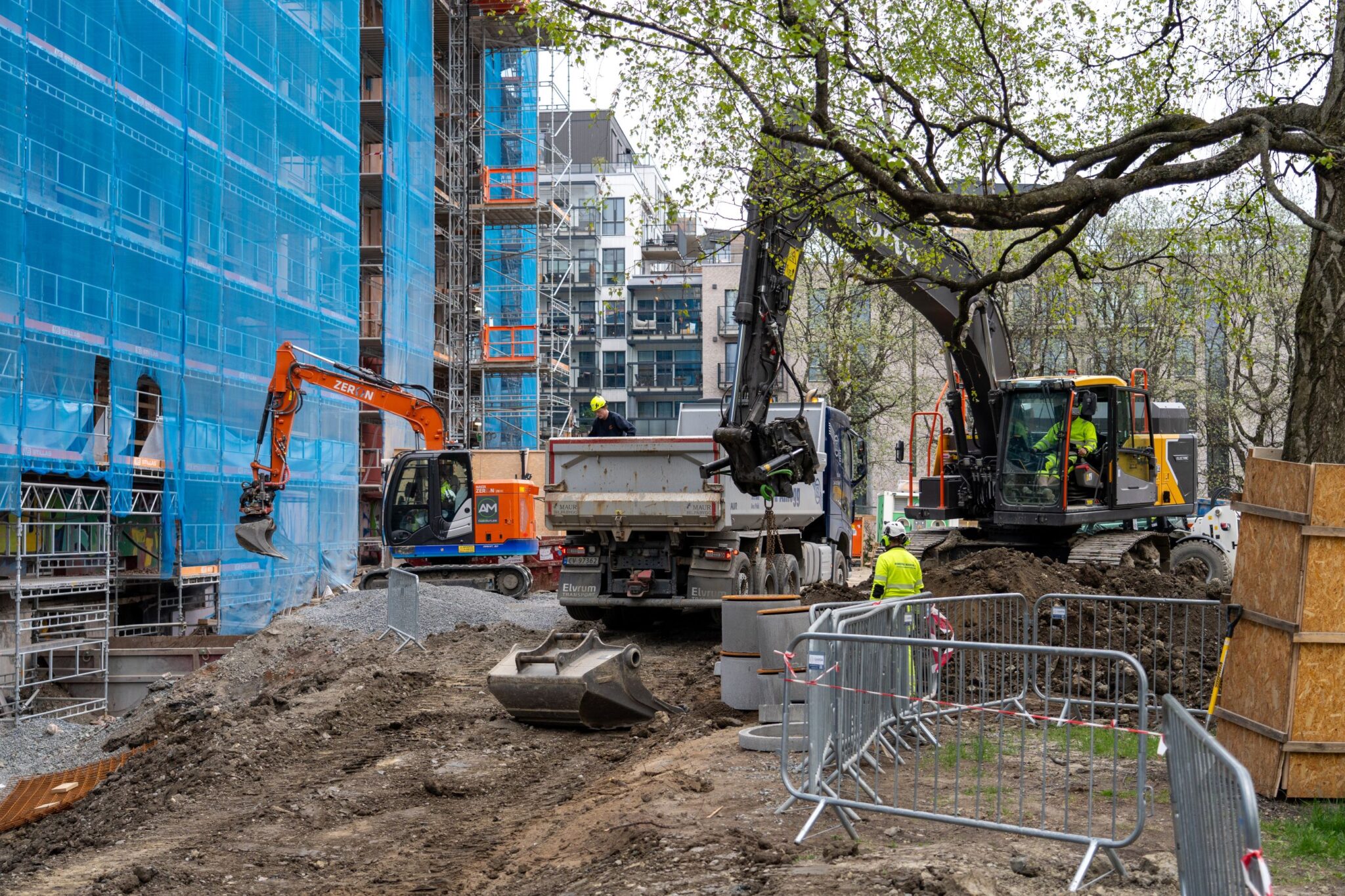
In the stylish Grünerløkka neighborhood in Oslo, construction workers are busy rehabilitating Sophies Minde, an old medical clinic, into a new nursery school and maternal health center. Tidy piles of building materials along the perimeter of the construction site wait to join the choreography of excavators and workers moving in deliberate sequence. But amid the activity, one tell-tale indicator of construction remains notably absent: noise.
Oslo is one of fastest growing cities in Europe and construction is critical to transforming its urban landscape. But thanks to the city’s climate policy, construction is now going net zero — eliminating greenhouse gas emissions — by using electric machinery and other interventions to reduce the use of fossil fuels.
“This is something I have worked towards for three years,” said Mathias Kolsaker, a construction project manager at Sophies Minde. “I notice the difference when I go out on the construction site and hear how silent these electrical machines are compared to the old diesel-driven machines.”
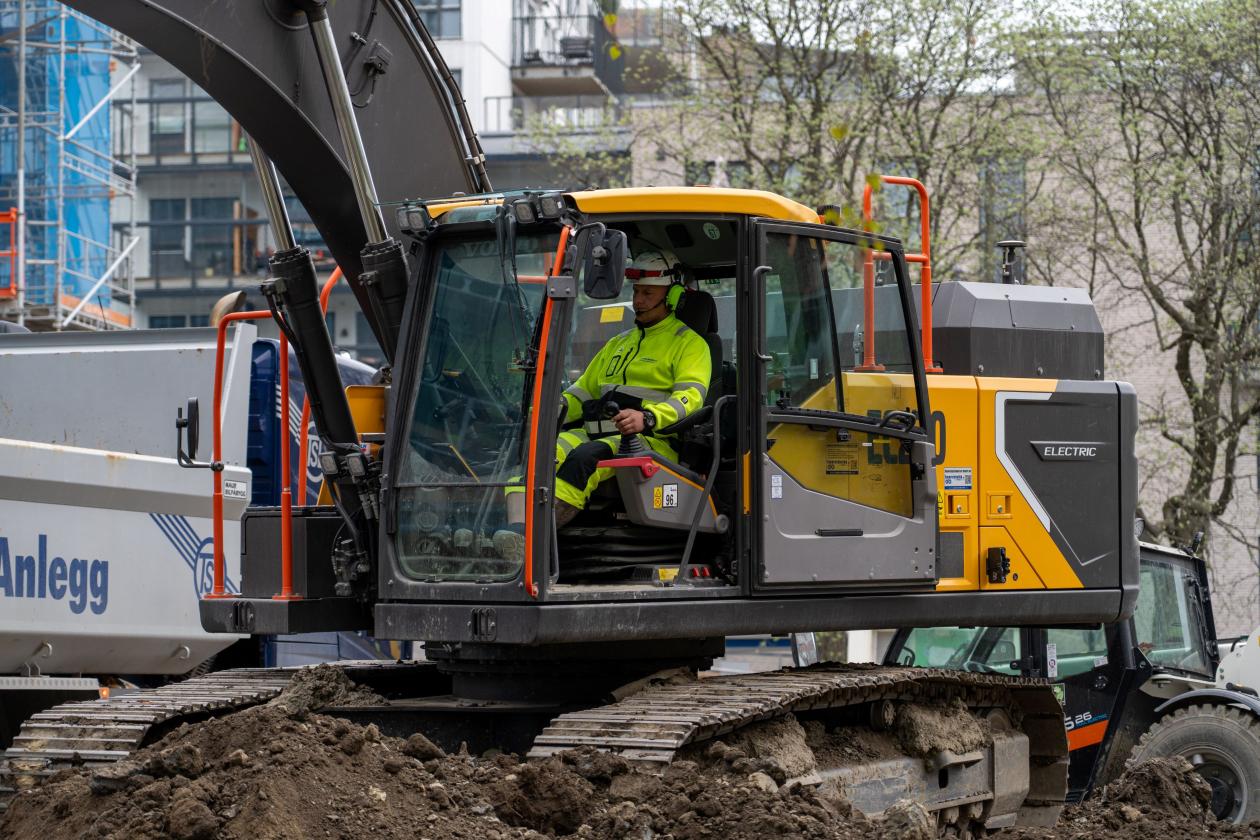
Quieter and cleaner construction sites are just one way the city is being shaped by its Climate Budget, which was created in 2016 by Oslo’s Climate Agency after Norway signed the 2015 Paris Agreement to help limit global temperature rise well below 2 degrees C (3.6 degrees F).
The fiscal tool puts a cap on climate-harming emissions permitted across the city each year, monitors progress over time and helps identify the most impactful interventions. And since it is integrated into the yearly municipal budgeting process, it builds accountability for achieving high targets.
The results have been dramatic, prompting changes in multiple sectors, improving people’s lives and creating a model that other cities are now following.
A Tool for Accountability
Urban contributions to climate change are complex and not easy to track. How do city governments begin to change the trajectory of the many different sources of urban greenhouse gas emissions? And how can we be sure urban emissions are actually declining?
The Climate Budget is Oslo’s way of ensuring accountability for its ambitious pledge to reduce its city-level greenhouse gas emissions by 95% by 2030 compared to 2009 levels.
“The Climate Budget was started because our politicians got tired of climate action plans that they … sent out into the bureaucracy, but then it was never really followed up,” said Heidi Sørensen, director of the Oslo Climate Agency. “They needed a governance system.”
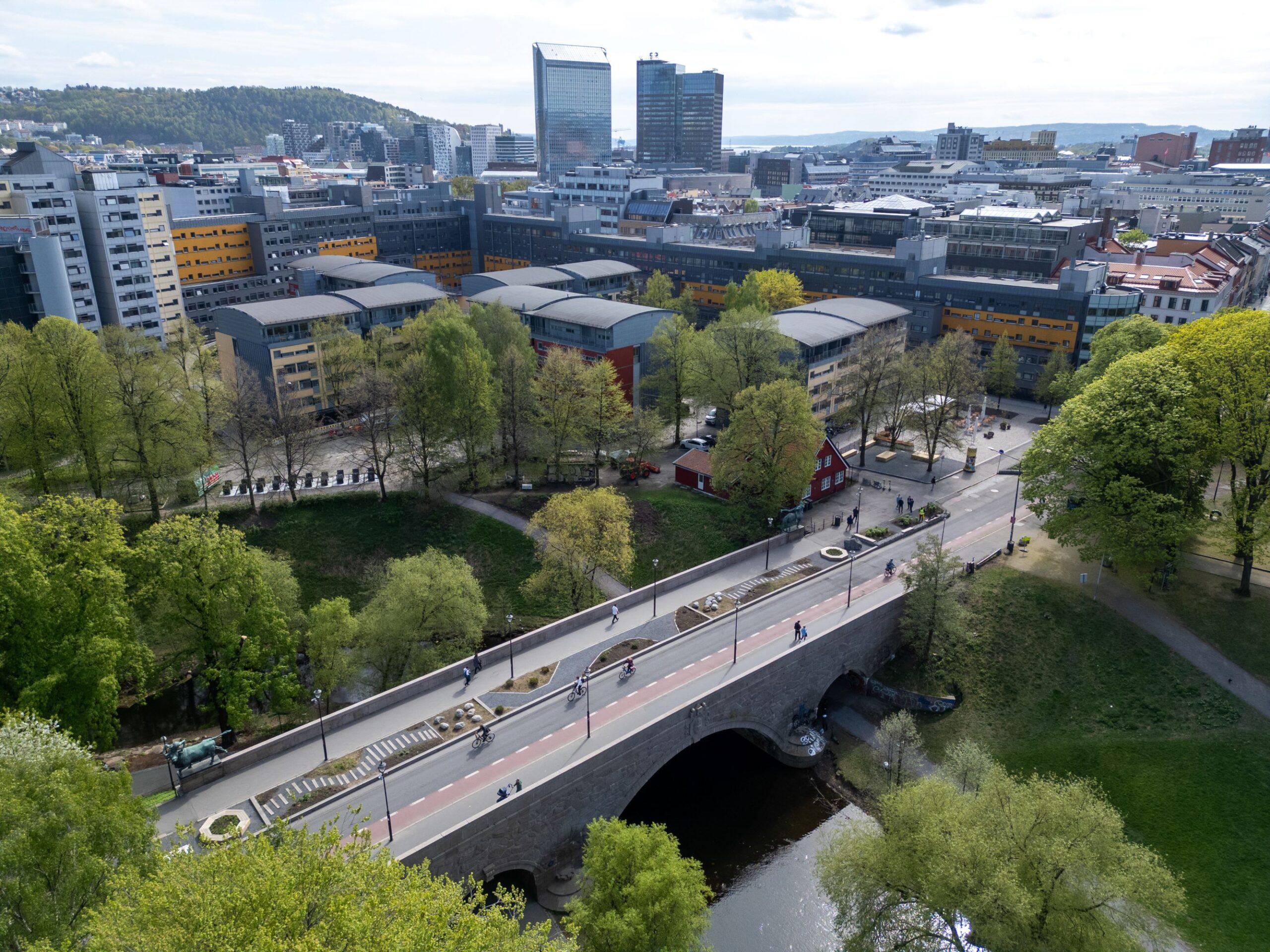
Now climate considerations are at the heart of policymaking for the city. The Climate Budget allows city agencies to share the burden of emissions reduction in a transparent, collaborative manner that is anchored within the finance department. While the resulting actions taken are not necessarily unique to Oslo, the Climate Budget is a novel framework that ensures accountability of greenhouse gas emissions reduction.
“Everyone who has a budget could have a climate budget,” said Sørensen. “It will create a better city, with lots of co-benefits that all people, even those who are a little bit skeptical of climate change, will benefit from.”
How the Climate Budget Is Reducing Oslo’s Emissions
The key strengths of the Climate Budget are that it incentivizes early action, identifies interventions that that depend on multiple city agencies to succeed and allows the city to work directly with private companies to create demand for new technologies.
Some of the interventions include transitioning to electric vehicles, making the city safer for bicyclists and pedestrians, creating zero-emissions construction sites and installing carbon capture technology at a waste incineration plant.
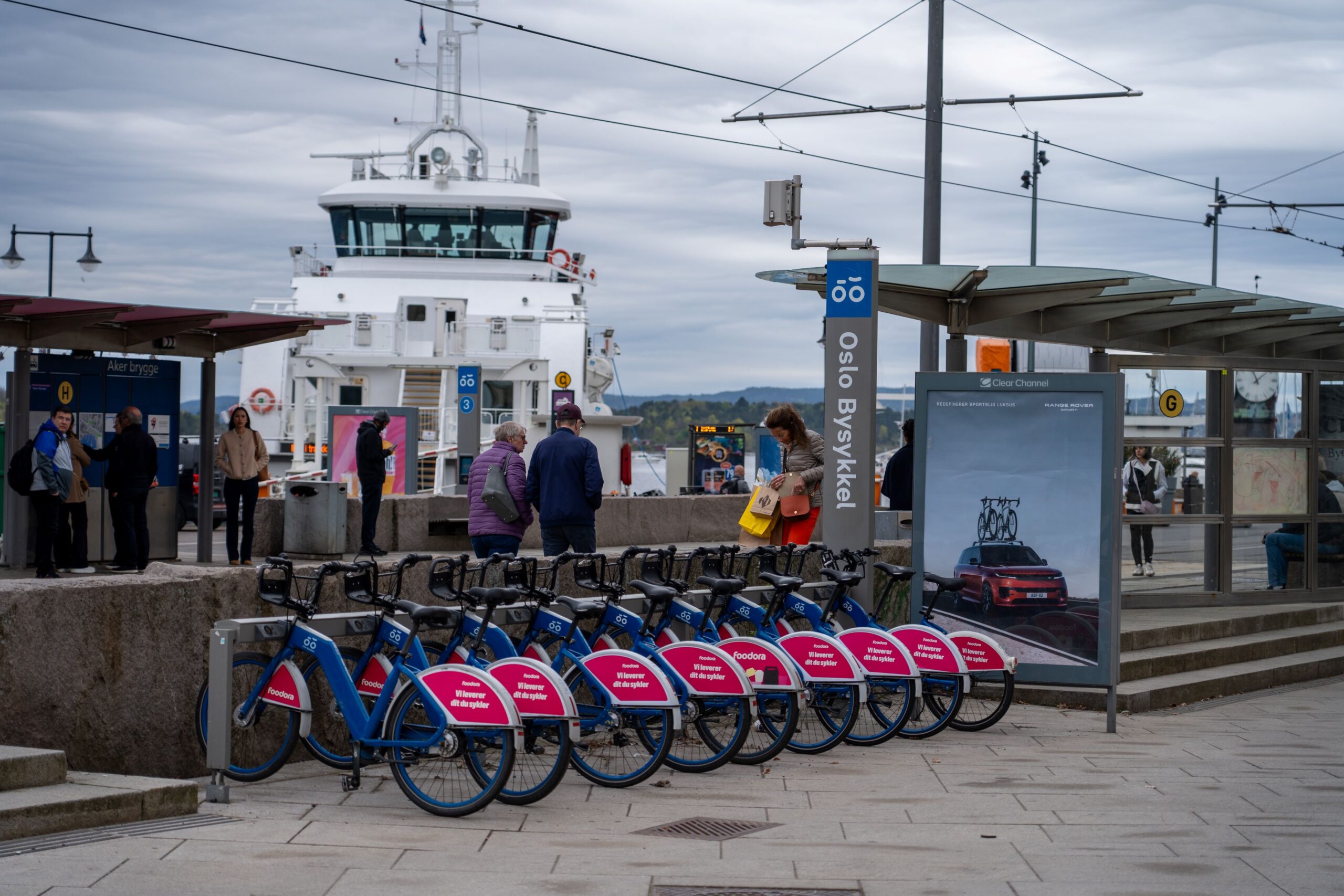
Through the power of public procurement and incentives, Oslo enables widespread electrification of public buses, trams and ferries, as well as for private delivery vehicles and heavy-duty construction machinery. The city has introduced a variable congestion charging system on a main toll road, specifically targeting diesel-powered vehicles. And for municipal projects, Oslo incentivizes contractors to invest in electric machinery to stay competitive.
Oslo is enabling more sustainable transport modes by expanding cycling lanes by 100 kilometers, which has already resulted in a notable 51% increase in cycling since 2016. Street transformations are making walking and cycling much safer. Since 2019, there have been zero pedestrian and cyclist deaths. Additionally, when people do drive private vehicles, electric charging stations are widely available.
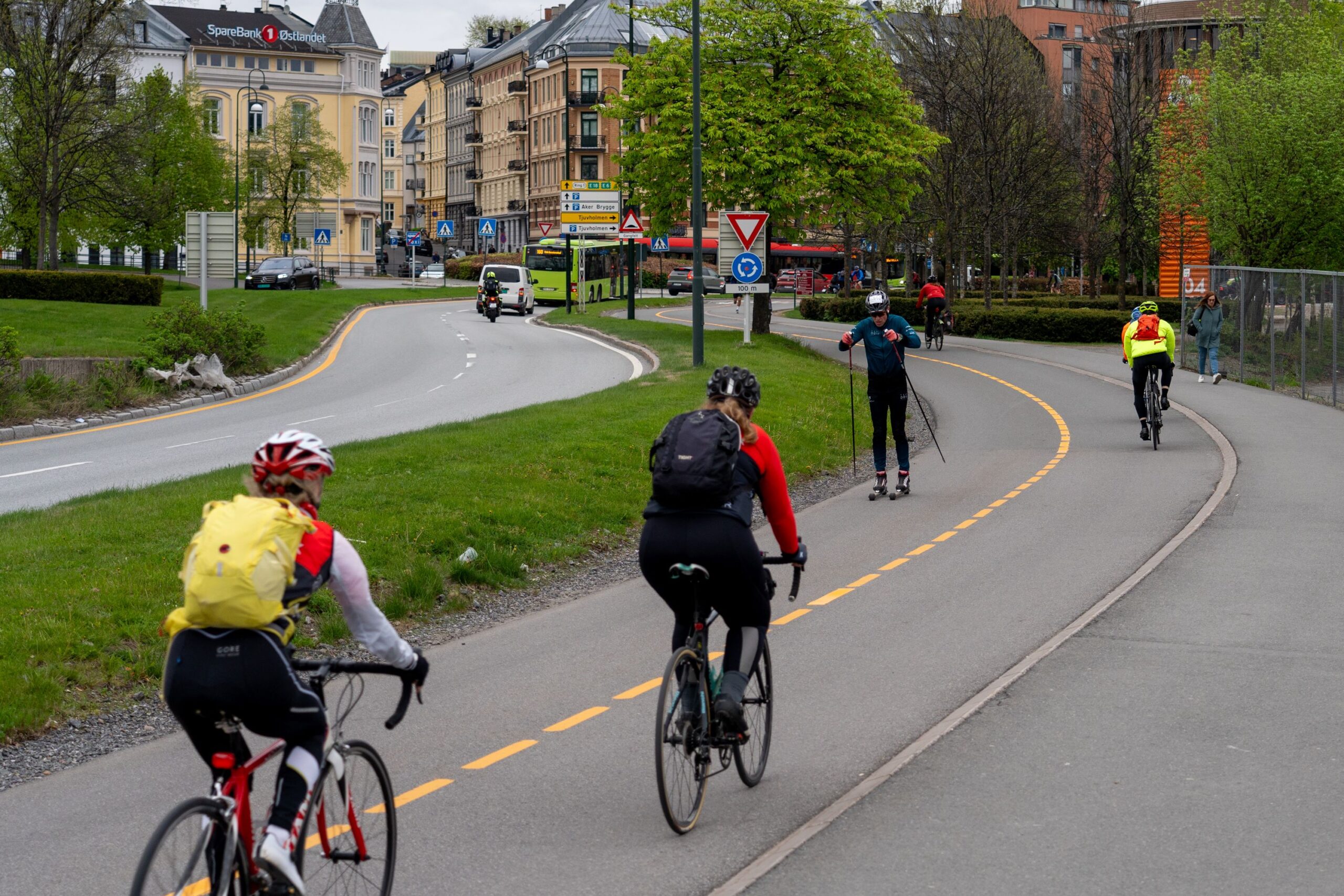
Further emissions reductions will come with the completion of the Klemetsrud power plant in 2027, which will address 17% of the city’s emissions originating from waste incineration and energy production. Klemetsrud is set to become the world’s first waste-to-energy plant with full-scale carbon capture and storage, able to capture 400,000 tons of carbon dioxide annually.
Inspiring More Cities to Act
Overall, the Climate Budget is helping Oslo achieve a 28% reduction in citywide greenhouse gas emissions and is projected to reduce emissions by 65% by 2030 with current adopted measures.
The Climate Budget’s impacts are reaching beyond Oslo’s boundaries, too. About 200 Norwegian municipalities of various sizes, like Asker and Bodø, are following Oslo’s guidance to incentivize net-zero construction and zero-emission transport. And a dozen cities — including London, New York and Mumbai — are participating in the Climate Budgeting Programme with C40 Cities, a global network of nearly 100 cities dedicated to climate action.
But back in Oslo, the Climate Budget continues quietly transforming the city. Construction workers like Mathias are proud to be leaders of change. “The municipality of Oslo is an example that is inspiring others. We are able to meet the challenges that arise and fully turn 100% emission-free,” he said.
The 2023-2024 WRI Ross Center Prize for Cities celebrates projects and initiatives building momentum for climate-ready communities. From five finalists, one grand prize winner will be announced September 25, 2024.
This article originally appeared on WRI’s Insights.
Anna Kustar is a Research Analyst for the Urban Mobility program at WRI Ross Center for Sustainable Cities.
Jen Shin is Global Lead for the WRI Ross Center Prize for Cities and Manager of Urban Transformation at WRI Ross Center for Sustainable Cities.








